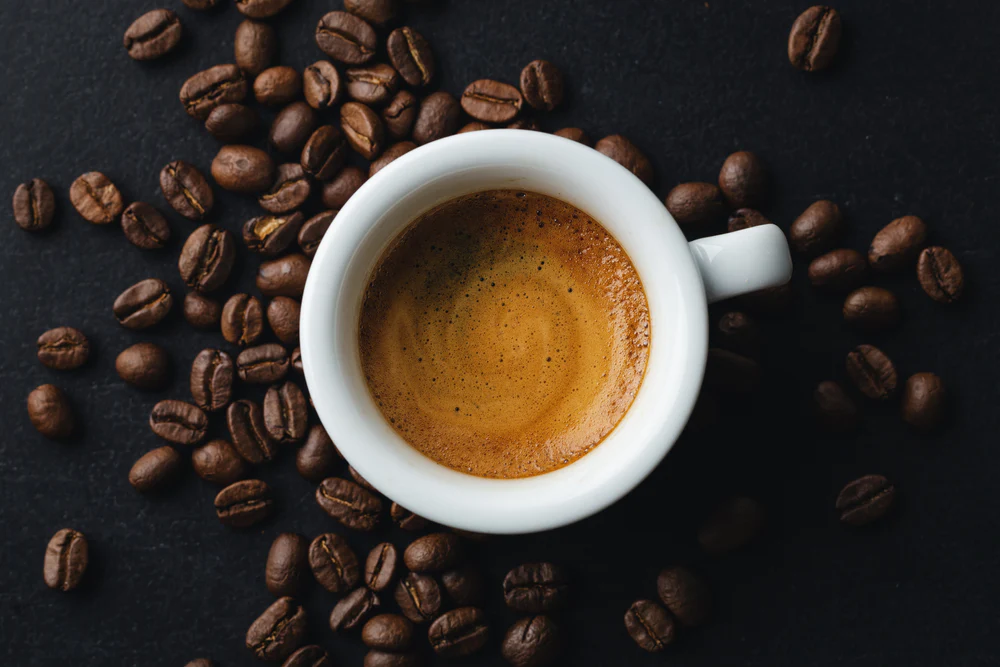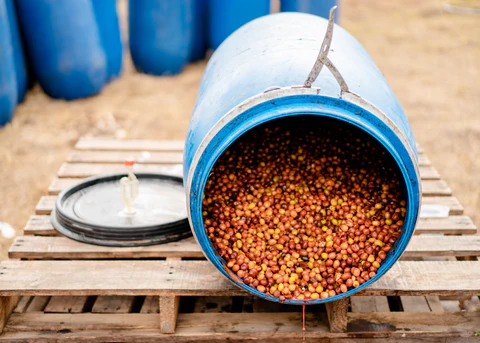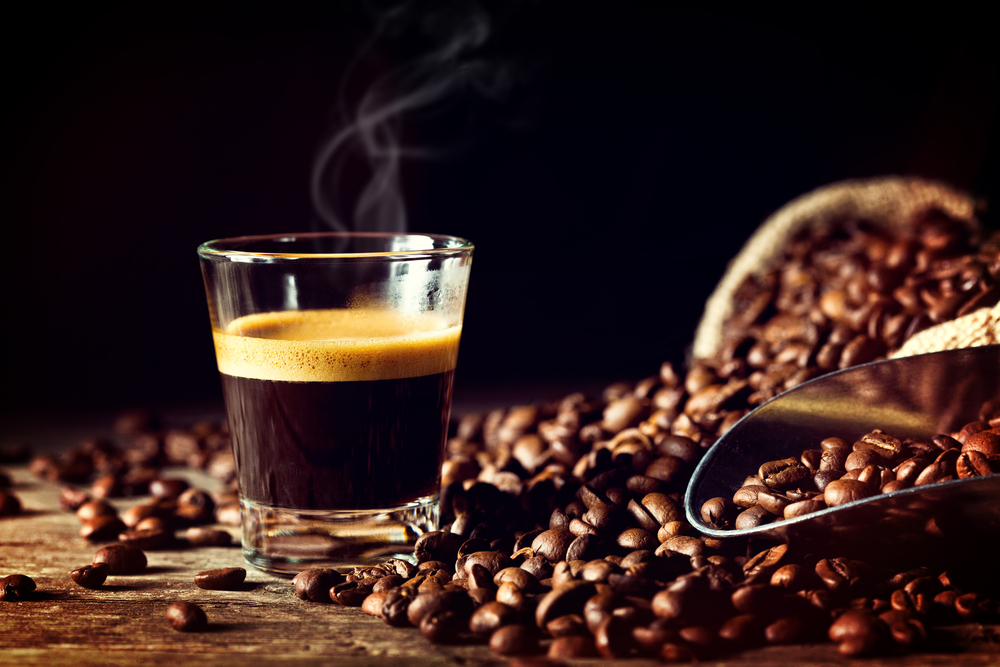Espresso is the heart and soul of many popular coffee drinks. Originating from Italy, this brewing method forces a small amount of nearly boiling water through finely-ground coffee beans under high pressure. The result is a concentrated coffee shot with a rich flavor and a distinctive crema on top. Espresso serves as the base for beverages like lattes, cappuccinos, and macchiatos.
The magic of espresso lies not just in the beans but in the brewing process itself. Precision in measurement, grind size, water temperature, and extraction time are crucial for achieving that perfect shot. Mastering these techniques on how to brew an espresso ensures consistency and quality, transforming your daily coffee routine into a delightful experience.
Whether you have a state-of-the-art espresso machine or are working with simpler tools like an Aeropress or Moka pot, brewing a great espresso is within your reach. In this guide, we’ll explore the step-by-step process for traditional espresso machines and introduce alternative methods for those without specialized equipment. Get ready to elevate your coffee game with practical tips and expert advice!
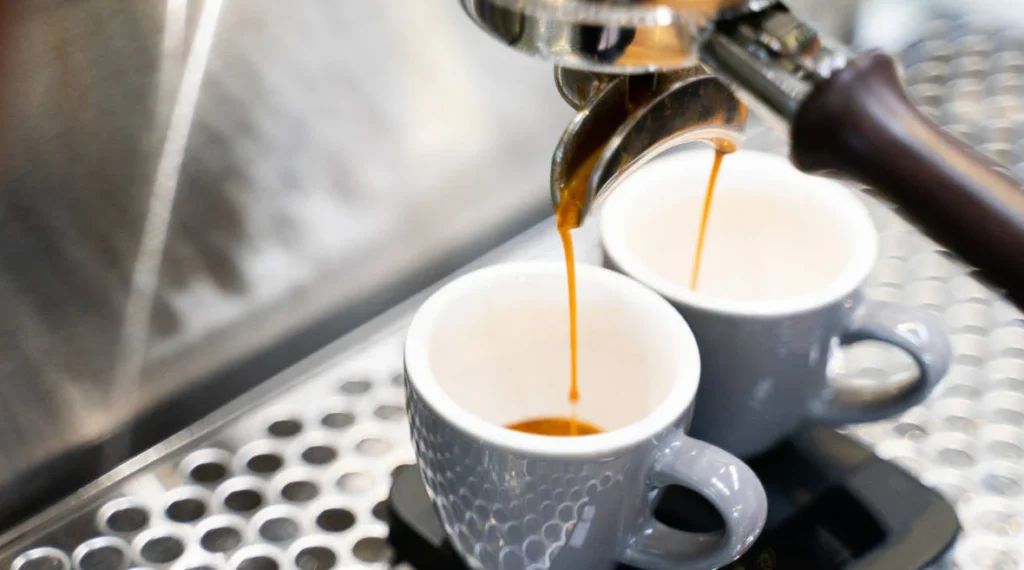
What is Espresso?
Espresso is a specific method of preparing coffee that originated in Italy. It’s characterized by its strong flavor, thick consistency, and a layer of ‘crema’ on top, which is a creamy foam produced by the high-pressure brewing process.
Unlike other coffee brewing methods, espresso is made by forcing a small amount of nearly boiling water under pressure through finely-ground coffee beans. This process results in a concentrated beverage that serves as the base for many popular coffee drinks such as lattes, cappuccinos, macchiatos, and Americanos.

What sets espresso apart is its intensity. It is richer and denser than most other forms of coffee and can be enjoyed on its own or used as a robust base for other coffee drinks. So, even if you don’t have an espresso machine at home, mastering the art of brewing espresso allows you to enjoy a variety of coffee shop-quality beverages without stepping out of your house.
Essential Equipment and Ingredients
Espresso Machine: An espresso machine is the cornerstone of any home barista setup. There are various types to consider:
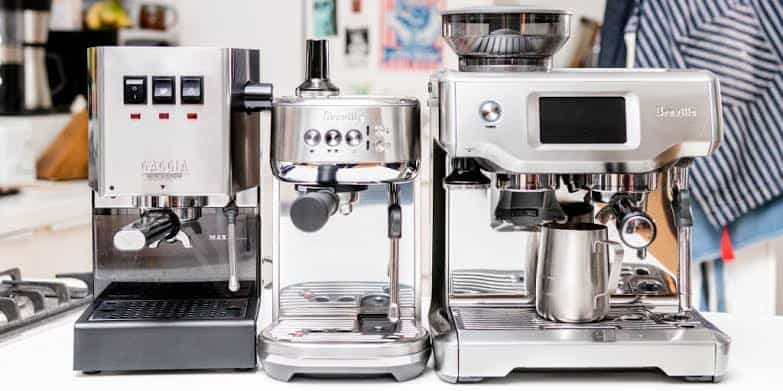
- Manual Machines: These give you full control over the brewing process but require a lot of skill and effort.
- Semi-Automatic Machines: These are the most popular among home users, combining some automation with manual control for precision.
- Automatic Machines: These handle most of the brewing process for you, ideal for those who prefer convenience over manual tweaking.
- Super-Automatic Machines: These machines do everything from grinding the beans to frothing the milk, perfect for quick, hands-free espresso.
Before brewing, always preheat your espresso machine. This ensures that all components are at the right temperature, which is crucial for a consistent shot. Preheating takes about 10 minutes.
- Fresh Coffee Beans: The freshness of your coffee beans significantly impacts the flavor of your espresso. Freshly roasted beans, ideally within 3-7 days of roasting, offer the best flavor profile. Stale beans, on the other hand, lose essential oils and gases, leading to flat and dull espresso.
- Grinder: A high-quality burr grinder is essential for achieving the fine, consistent grind needed for espresso. Unlike blade grinders, burr grinders crush the beans evenly, ensuring uniform particle size. This consistency is key for proper extraction and avoiding bitter or sour notes in your espresso.
- Scale: Precision in measurement is crucial for brewing espresso. A digital scale allows you to accurately measure both your coffee beans and the brewed espresso. Consistency in these measurements helps in replicating the perfect shot every time.
- Portafilter and Tamper: The portafilter is the basket that holds the coffee grounds during brewing. Proper tamping is critical to ensure an even extraction. Use a tamper to press the coffee grounds into a firm, level puck. This helps to prevent channeling, where water flows unevenly through the grounds, leading to inconsistent flavors.
Step-by-Step Guide to Brewing Espresso
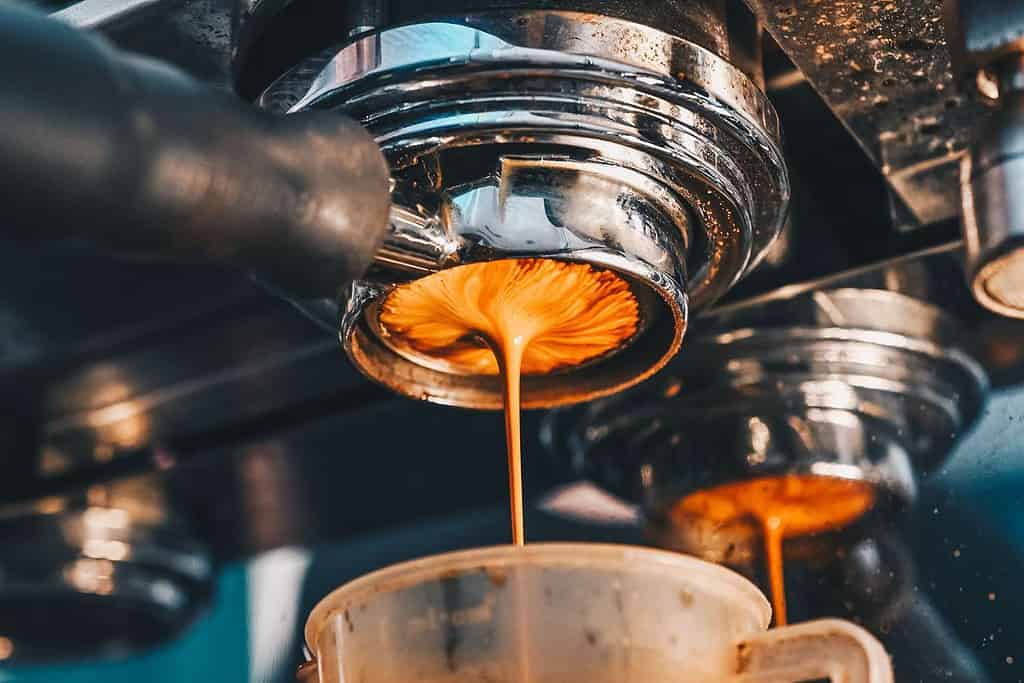
Step 1: Preheat the Machine
Optimal Temperature Range The ideal brewing temperature for espresso is between 195°F and 205°F (90°C – 96°C). This range ensures optimal extraction of the coffee’s flavors without scalding the grounds.
Time Required for Preheating Preheat your espresso machine for at least 10 minutes. This ensures that the machine, including the portafilter and group head, reaches the optimal temperature for a consistent shot.
Step 2: Weigh and Grind the Coffee
Ideal Amount of Coffee for a Double Shot Use 14-18 grams of coffee for a double shot. This amount provides a good balance between strength and flavor.
Importance of Grind Size The grind size for espresso should be fine, similar to table salt. A consistent grind is crucial for even extraction. Too coarse a grind will result in under-extraction, while too fine a grind can lead to over-extraction and a bitter taste.
Step 3: Prepare the Portafilter
Distribution and Tamping Techniques Evenly distribute the coffee grounds in the portafilter to avoid channeling. Tap the sides of the portafilter to settle the grounds, then use a tamper to apply about 30 pounds of pressure. The goal is to create a level, firm coffee puck.
Importance of Even Pressure Even tamping ensures that water flows uniformly through the coffee grounds, preventing weak or overly bitter shots. Consistent pressure is key to achieving this balance.
Step 4: Purge the Group Head
Purpose and Benefits Purging the group head with hot water before brewing removes any old coffee residue and stabilizes the temperature. This step ensures that the water hitting your coffee grounds is at the optimal brewing temperature.
Step 5: Brew the Espresso
Correct Brewing Time and Yield A typical double shot of espresso should take about 25-30 seconds to brew and yield approximately 30 grams of espresso from 14 grams of coffee. Adjusting the grind size, dose, and tamping pressure can help fine-tune this timing.
Signs of a Good Espresso Shot A good espresso shot will have a rich, caramel-colored crema on top, a balanced taste without excessive bitterness or sourness, and a full-bodied mouthfeel. If your shot is too bitter, it may be over-extracted; if too sour, it may be under-extracted.
Tips for a Perfect Espresso
Using Freshly Ground Coffee
The freshness of your coffee beans significantly impacts the quality of your espresso. Freshly roasted and ground beans retain more oils and flavors, leading to a richer and more aromatic espresso. Aim to use beans that have been roasted within the last 3-7 days and grind them just before brewing to preserve their full flavor profile.
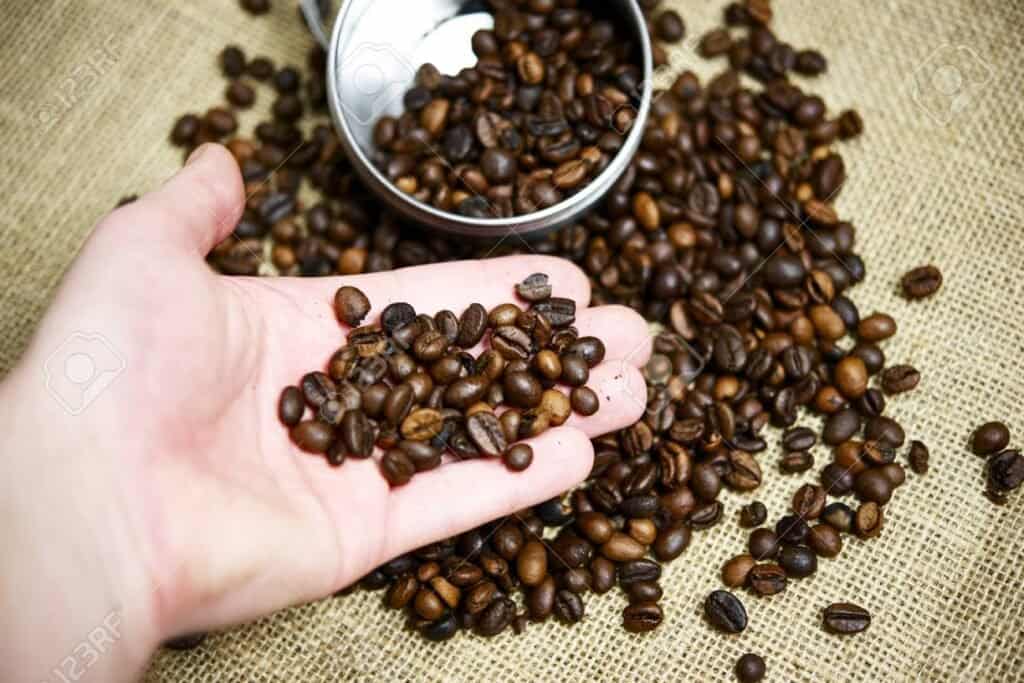
Proper Tamping Techniques
Tamping is crucial for an even extraction. Here’s how to perfect your tamping technique:
- Consistent Pressure: Apply about 30 pounds of pressure when tamping. Consistent pressure helps create a uniform coffee bed, preventing channeling where water flows unevenly through the coffee grounds.
- Even Distribution: Before tamping, make sure the coffee grounds are evenly distributed in the portafilter. This can be achieved by tapping the portafilter gently on the counter or using a distribution tool.
- Level Tamp: Ensure the tamper is level to avoid uneven extraction. A good way to check this is to see if the puck remains intact and level when you flip the portafilter upside down.
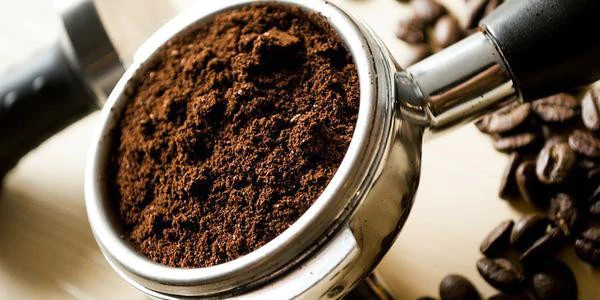
Controlling Brew Temperature
Temperature control is vital for extracting the best flavors from your coffee. The ideal brewing temperature for espresso is between 195°F and 205°F (90°C – 96°C). Here are some tips:
- Preheat the Machine: Always preheat your espresso machine, including the portafilter and group head, for at least 10 minutes to ensure stable temperature throughout the brewing process.
- Consistent Temperature: If your machine allows, maintain a consistent brewing temperature within the optimal range to avoid fluctuations that can affect flavor extraction.
Experimenting with Grind Size and Brew Ratios
Finding the perfect grind size and brew ratio can make a significant difference in your espresso. Here’s how to experiment:
- Grind Size: Start with a fine grind similar to table salt. If your espresso tastes bitter, try a coarser grind; if it’s sour, go finer. Small adjustments can greatly impact the flavor.
- Brew Ratios: The standard brew ratio for espresso is 1:2 (e.g., 18 grams of coffee to 36 grams of espresso). However, you can experiment with ratios ranging from 1:1.5 to 1:3 to find what suits your taste best. A higher ratio yields a stronger, more concentrated shot, while a lower ratio produces a lighter, more balanced espresso.
Alternative Methods Without an Espresso Machine
Aeropress Method
Required Equipment and Ingredients
- Equipment: Aeropress, funnel, filter cap, paper filter, coffee scale
- Ingredients: 18 grams of finely ground dark roast coffee, 125 grams of hot water
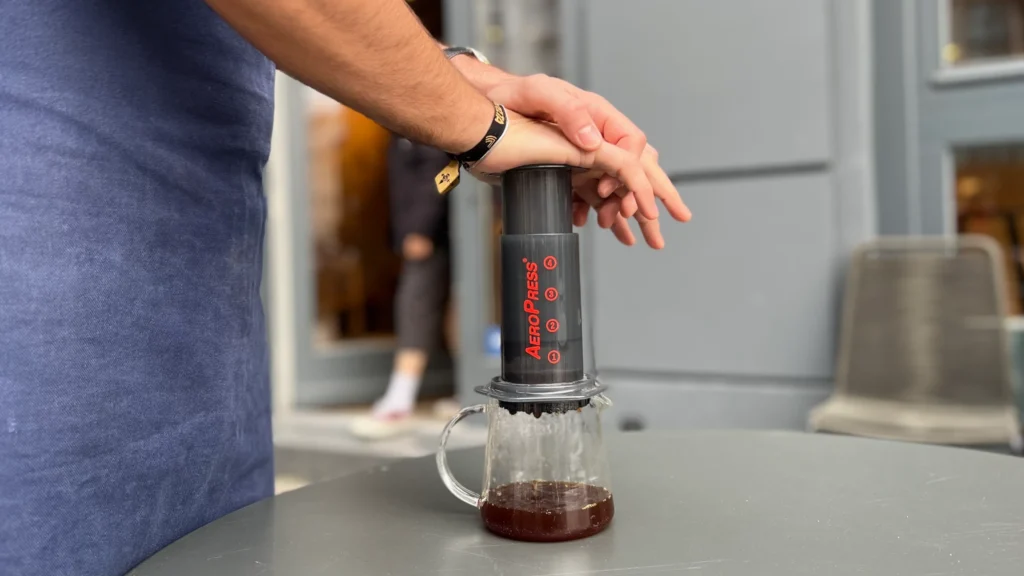
Step-by-Step Instructions
- Measure Coffee: Weigh out 18 grams of finely ground coffee.
- Prepare Filter: Insert a paper filter into the filter cap and rinse it with hot water.
- Assemble Aeropress: Attach the filter cap to the Aeropress and place it on a sturdy cup.
- Add Coffee: Use the funnel to pour the coffee grounds into the Aeropress.
- Add Water: Pour 125 grams of hot water (about 200°F) over the grounds. Start by wetting the grounds with 30 grams of water, stir, then add the remaining water.
- Stir and Steep: Stir the mixture and let it steep for about 15 seconds.
- Press: Attach the plunger and press down slowly until you hear a hissing sound, which indicates all the liquid has been pressed through.
- Enjoy: Pour the espresso into your cup and enjoy as is or with your favorite milk.
Moka Pot Method
Required Equipment and Ingredients
- Equipment: Moka pot, stovetop, damp towel
- Ingredients: Fine ground coffee, filtered water

Step-by-Step Instructions
- Prepare Water: Fill the bottom chamber of the Moka pot with filtered water up to the safety valve.
- Add Coffee: Place the funnel in the bottom chamber and fill it with finely ground coffee, leveling it off but not tamping it down.
- Assemble Moka Pot: Screw the top chamber onto the bottom securely.
- Heat: Place the Moka pot on the stovetop over medium heat. Leave the lid open.
- Brew: As the water heats, it will create pressure and push through the coffee grounds. Once the coffee starts oozing out, reduce the heat.
- Remove from Heat: When the coffee stream turns lighter in color, remove the pot from the heat to avoid over-extraction.
- Cool: Wrap the bottom chamber in a damp towel to stop the brewing process.
- Serve: Pour the espresso into a cup and enjoy.
French Press Method
Required Equipment and Ingredients
- Equipment: French press, kettle, thermometer, coffee scale
- Ingredients: 28.3 grams of fine ground coffee, 2 cups of hot water
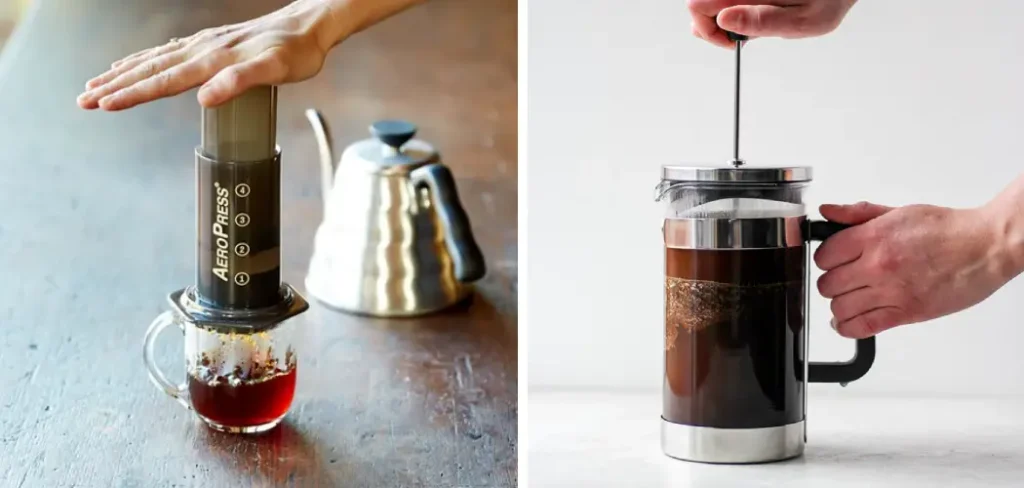
Step-by-Step Instructions
- Preheat French Press: Fill the French press with hot water and let it sit for a minute, then discard the water.
- Heat Water: Heat 2 cups of water to about 195°F using a kettle.
- Add Coffee: Place 28.3 grams of finely ground coffee in the French press.
- Bloom Coffee: Add a small amount of hot water to the coffee grounds to wet them and let it bloom for 30 seconds.
- Add Remaining Water: Pour the rest of the hot water over the grounds.
- Steep: Place the lid on the French press but don’t plunge. Let the coffee steep for about 4 minutes.
- Press: Slowly press the plunger down to separate the grounds from the coffee.
- Serve: Pour the espresso into your cup and enjoy.
Troubleshooting Common Issues
Bitter Shots
- Cause: Over-extraction, where too many compounds are pulled from the coffee grounds.
- Solution: Try a coarser grind, lower the water temperature, or reduce the brew time. Ensure you’re not using too much coffee and avoid tamping too hard.
Sour Shots
- Cause: Under-extraction, where not enough compounds are pulled from the coffee grounds.
- Solution: Use a finer grind, increase the water temperature, or extend the brew time. Ensure you’re using enough coffee and apply sufficient pressure when tamping.
What is Channeling?
- Cause: Uneven tamping or distribution of coffee grounds leading to water finding paths of least resistance.
- Solution: Ensure even distribution of coffee grounds in the portafilter before tamping. Use a distribution tool or gently tap the sides of the portafilter to settle the grounds. When tamping, apply even pressure to avoid creating channels.
Over-Extraction
- Symptoms: Bitter, dry, and harsh flavors.
- Solution: Coarsen the grind size, reduce the brewing temperature, or decrease the brew time. Aim for a balanced brew ratio, usually around 1:2 (coffee to water).
Under-Extraction
- Symptoms: Sour, sharp, and watery flavors.
- Solution: Finer grind size, higher brewing temperature, or increased brew time. Ensure the coffee grounds are packed correctly to allow proper extraction.
Adjustments for Grind Size and Tamping Pressure
Grind Size Adjustments
- Fine-Tuning: Adjust the grind size to control the extraction rate. Finer grinds slow down extraction, while coarser grinds speed it up. Adjustments should be small and incremental to avoid drastic changes in flavor.
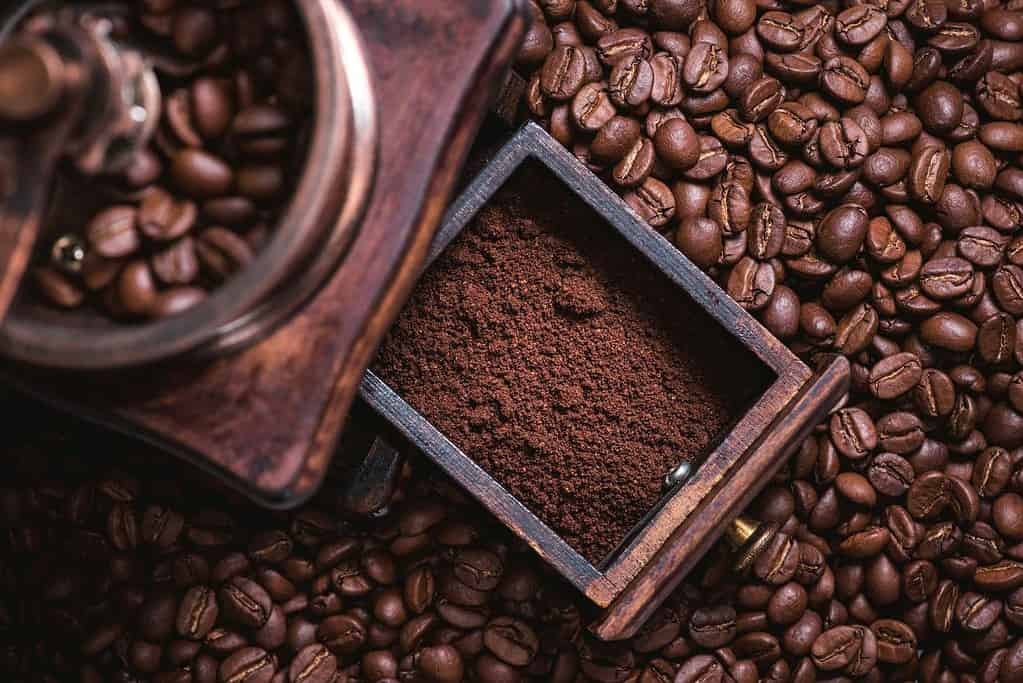
Tamping Pressure
- Consistency: Apply consistent pressure, typically around 30 pounds. Practicing with a scale can help you get a feel for the right amount of pressure. Inconsistent tamping can lead to uneven extraction and channeling.
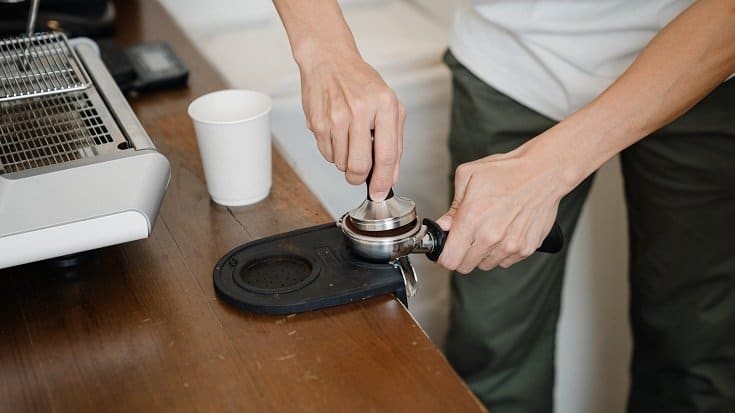
Conclusion
Brewing the perfect espresso is a blend of art and science that involves several crucial steps and techniques:
- Essential Equipment and Ingredients: Investing in a good espresso machine, fresh coffee beans, a burr grinder, a digital scale, and proper tamping tools is vital for success.
- Step-by-Step Guide: Preheat your machine, weigh and grind your coffee, distribute and tamp evenly, purge the group head, and carefully time your shot to achieve the best results.
- Tips for Perfection: Use freshly ground coffee, employ proper tamping techniques, control the brewing temperature, and experiment with grind sizes and brew ratios to fine-tune your espresso.
- Alternative Methods: If you don’t have an espresso machine, methods like using an Aeropress, Moka pot, or French press can still produce a satisfying espresso-like drink.
- Troubleshooting: Address issues such as bitter or sour shots, channeling, and over or under-extraction by making small adjustments to grind size, tamping pressure, and brewing parameters.
Don’t be afraid to experiment with different beans, grind sizes, and brewing techniques. The journey to mastering espresso is all about trial and error, so enjoy the process and savor the flavors you create along the way. Each shot brings you closer to your perfect cup.
We’d love to hear about your espresso adventures! Share your experiences, tips, and any questions you might have in the comments below. Let’s learn and grow together as a community of coffee enthusiasts.

